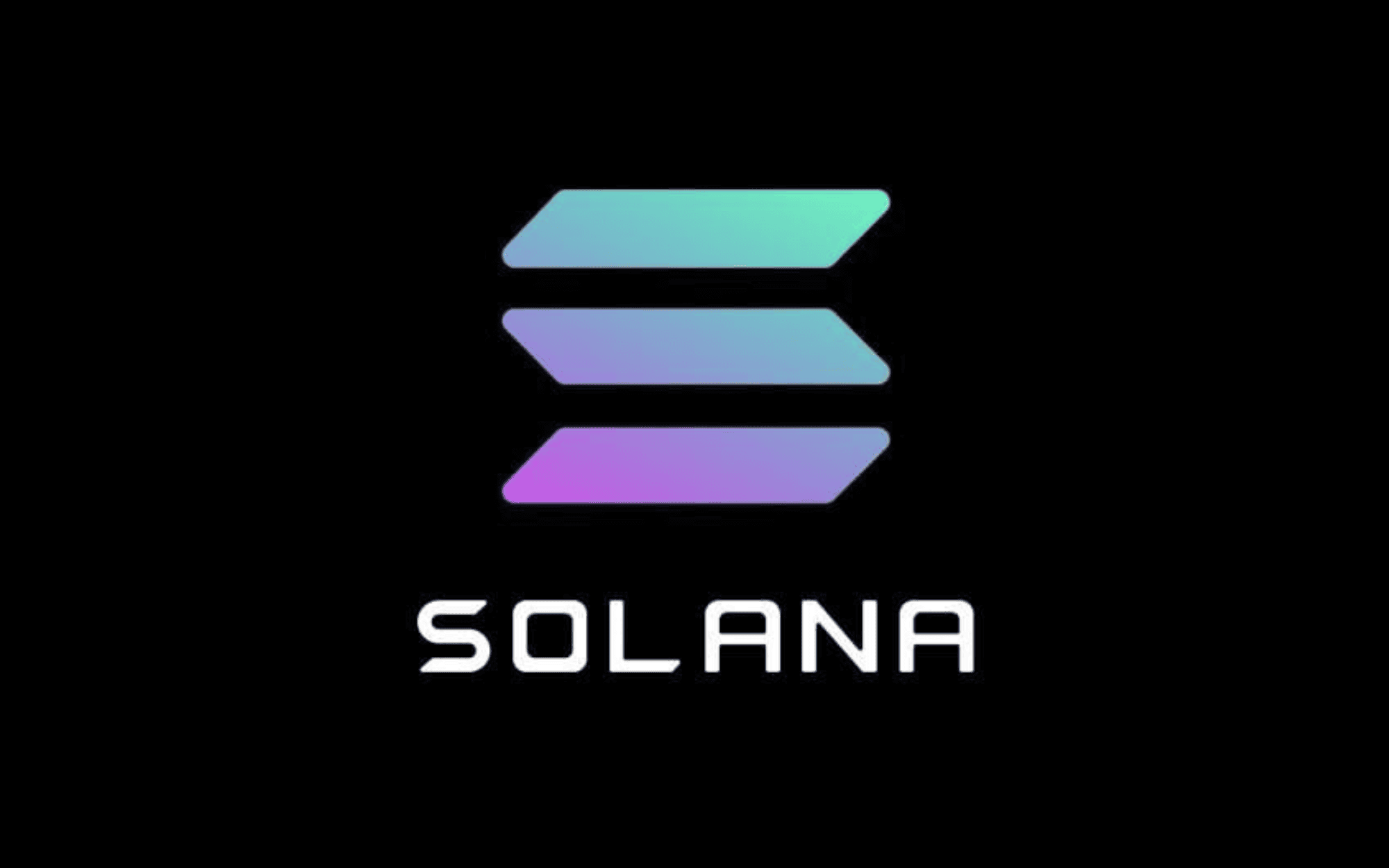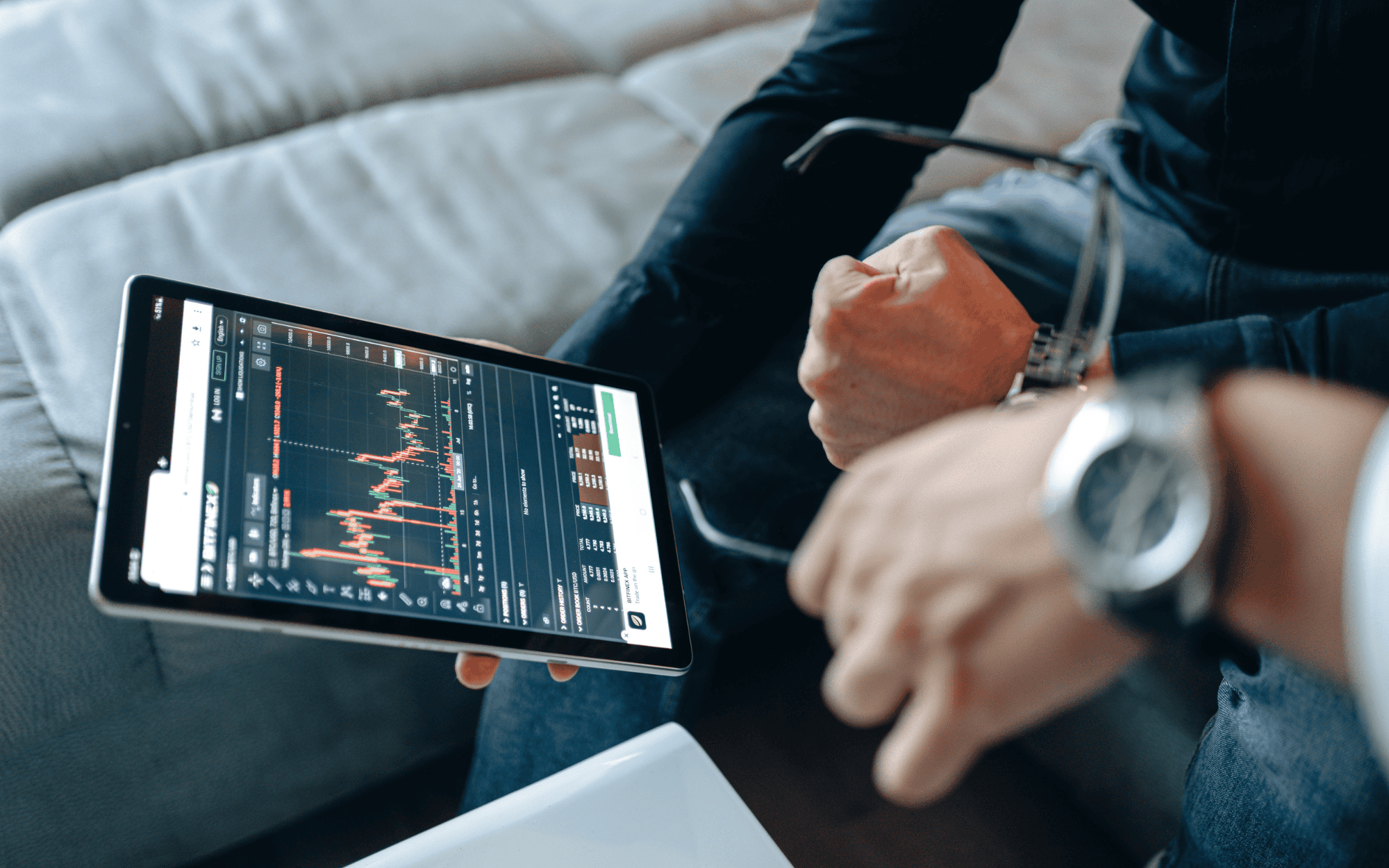How to read crypto charts for beginners in 2025 is a foundational skill for navigating the volatile cryptocurrency market, where Bitcoin hit $100,000 and daily trading volumes exceed $100 billion, per CoinMarketCap. Crypto charts, available on exchanges like Binance and Kraken, provide visual data on price movements, volume, and market trends, helping traders make informed decisions. For new traders, understanding these charts can mean the difference between profit and loss in a market known for 20% weekly price swings, per CoinMarketCap.
This educational guide, developed by the Exchainer team, offers a step-by-step approach to how to read crypto charts for beginners, covering chart types, key indicators, and practical strategies. Drawing from data on CoinBureau, Investopedia, and X trends, we aim to equip you with actionable knowledge. Optimized for mobile and desktop, this article aligns with resources like Crypto 101 and tools like MetaMask. Let’s break down the essentials of crypto chart reading.
What Are Crypto Charts and Why Are They Important?
Crypto charts are graphical representations of a cryptocurrency’s price and trading activity over time, displayed on exchanges or platforms like TradingView. They show:
- Price Movements: How a coin’s value changes—e.g., BTC’s rise from $90,000 to $100,000 in 2025, per CoinMarketCap.
- Trading Volume: The amount of crypto traded, indicating market interest.
- Timeframes: Data over minutes, hours, days, or months, per CoinBureau.
For beginners, charts are crucial because they reveal trends, patterns, and potential entry/exit points, reducing reliance on guesswork, per NerdWallet. In a market where ETH surged 15% post-upgrade in 2025, per Cointelegraph, chart reading helps you time trades effectively.
Types of Crypto Charts
Line Charts
Line charts plot a crypto’s closing price over time, connecting data points with a single line. They’re simple:
- Best For: Beginners tracking overall trends—e.g., BTC’s monthly uptrend, per CoinMarketCap.
- Limitation: Lacks detailed price action within the timeframe, per Investopedia.
Exchanges like Binance offer line charts in their “Basic” view, ideal for new traders.
Candlestick Charts
Candlestick charts, the most popular in crypto, show price action within a timeframe (e.g., 1 hour, 1 day):
- Components: Each candlestick has a body (open to close price) and wicks (high to low price).
- Green Candle: Price closed higher than it opened—bullish.
- Red Candle: Price closed lower—bearish.
- Example: A 1-hour BTC candle opens at $98,000, closes at $99,000, with a high of $99,500 and low of $97,500, per CoinBureau.
Candlesticks reveal volatility and patterns, making them essential for beginners, per Swissmoney.
Bar Charts
Bar charts display open, high, low, and close (OHLC) prices:
- Structure: A vertical line (high to low) with horizontal ticks (open on the left, close on the right).
- Best For: Detailed price action analysis, though less visual than candlesticks, per Blockpit.
Available on Kraken, bar charts suit traders seeking precision.
Key Elements of Crypto Charts
Price Axis (Y-Axis)
The vertical axis shows the crypto’s price—e.g., BTC ranging from $90,000 to $100,000. Logarithmic scales (for long-term trends) or linear scales (for short-term) can be toggled on platforms like TradingView, per CoinDesk.
Time Axis (X-Axis)
The horizontal axis represents time—e.g., 1-minute, 1-hour, or 1-day intervals. Beginners should start with daily charts to spot broader trends, per Geekflare.
Volume Bars
Volume bars at the chart’s bottom show trading activity—e.g., a spike to 50,000 BTC traded daily often precedes price moves, per CoinMarketCap. High volume confirms trends, while low volume may signal weakness, per Milk Road.
Essential Indicators for Reading Crypto Charts
Moving Averages (MA)
Moving averages smooth price data to identify trends:
- Simple Moving Average (SMA): Averages prices over a period—e.g., 50-day SMA.
- Exponential Moving Average (EMA): Weights recent prices more—e.g., 20-day EMA.
- Usage: A 50-day SMA crossing above a 200-day SMA (golden cross) signals a buy, per Investopedia. In 2025, BTC’s golden cross preceded a 10% rally, per CoinMarketCap.
Available on Binance charts, MAs are beginner-friendly.
Relative Strength Index (RSI)
RSI measures momentum on a 0–100 scale:
- Overbought: Above 70—e.g., ETH at 75, suggesting a sell, per CoinBureau.
- Oversold: Below 30—e.g., BTC at 25, indicating a buy.
- Example: In 2025, BTC’s RSI dropped to 28 during a dip, signaling a buying opportunity, per Etherscan.
RSI helps beginners time entries and exits, per Trading Tips.
Support and Resistance Levels
- Support: A price level where buying pressure halts declines—e.g., BTC’s $90,000 support in 2025, per CoinMarketCap.
- Resistance: A level where selling pressure stops rises—e.g., BTC’s $100,000 resistance.
- Usage: Buy at support, sell at resistance, or wait for breakouts, per Swissmoney.
These levels are visible on candlestick charts, helping beginners spot key zones.
Bollinger Bands
Bollinger Bands measure volatility with three lines: a middle SMA and two outer bands (standard deviations):
- Tight Bands: Low volatility—e.g., ETH consolidating before a 2025 breakout, per Cointelegraph.
- Wide Bands: High volatility—potential reversal.
- Usage: Buy when the price touches the lower band, sell at the upper, per BitDegree.
Bollinger Bands are accessible on Kraken charts.
Common Chart Patterns for Beginners
Head and Shoulders
A reversal pattern signaling a trend change:
- Structure: Two smaller peaks (shoulders) around a higher peak (head).
- Bearish: Indicates a downtrend—e.g., BTC’s 2025 head and shoulders preceded a 10% drop, per CoinMarketCap.
- Bullish (Inverse): Signals an uptrend.
Beginners can spot this on daily charts, per Finder.
Double Top/Bottom
- Double Top: Two peaks at resistance—bearish, e.g., ETH failing at $4,000 twice, per Etherscan.
- Double Bottom: Two dips at support—bullish, e.g., BTC bouncing at $90,000.
- Usage: Trade the breakout—sell after a double top, buy after a double bottom, per Milk Road.
Triangles
Triangles indicate consolidation:
- Ascending: Higher lows, flat resistance—bullish breakout likely.
- Descending: Lower highs, flat support—bearish breakout.
- Symmetrical: Converging highs and lows—breakout direction varies.
In 2025, ETH’s ascending triangle led to a 12% rally, per CoinBureau. Spot these on Binance charts.
Steps to Read Crypto Charts for Beginners
Step 1: Choose a Timeframe
Start with daily (1D) charts to identify long-term trends—e.g., BTC’s uptrend over a month, per CoinMarketCap. As you gain experience, use 4-hour or 1-hour charts for shorter trades, per Trading Tips.
Step 2: Analyze Price Trends
Use candlestick charts to spot trends:
- Uptrend: Higher highs and lows—buy opportunities.
- Downtrend: Lower highs and lows—sell or wait.
- Sideways: Flat movement—wait for a breakout, per Swissmoney.
Step 3: Apply Indicators
Overlay indicators like RSI and moving averages:
- RSI below 30? Consider buying.
- 50-day EMA above 200-day EMA? Bullish signal, per Geekflare.
Step 4: Identify Patterns and Levels
Look for support/resistance and patterns like triangles—e.g., buy BTC at $90,000 support after a double bottom, per CoinMarketCap.
Step 5: Confirm with Volume
High volume on a breakout (e.g., 100,000 BTC traded) confirms the move—low volume may signal a false breakout, per Blockpit.
Common Mistakes to Avoid
Overcomplicating with Indicators
Using too many indicators (e.g., 10 at once) creates confusion—stick to 2–3 like RSI and MAs, per Finder.
Ignoring Volume
A breakout without volume often fails—e.g., a 2025 ETH breakout with low volume reversed 8%, per Cointelegraph.
Trading Without a Plan
Entering trades without defined entry/exit points leads to emotional decisions—plan based on chart signals, per Milk Road.
The 2025 Crypto Market Context
Institutional adoption—e.g., BlackRock’s $2 billion BTC stake—drives chart patterns, per Forbes. Regulatory shifts like the EU’s DAC8 and new DeFi tokens add volatility, per Blockpit. Stay updated via Exchange Reviews.
Conclusion
How to read crypto charts for beginners in 2025 involves understanding chart types, indicators like RSI and moving averages, and patterns like triangles to make informed trades on platforms like Binance. The Exchainer team’s guide equips you to analyze trends, whether on mobile or desktop. Start with daily charts, apply simple indicators, and explore Crypto 101, Trading Tips, and Tools & Wallets to enhance your skills.












